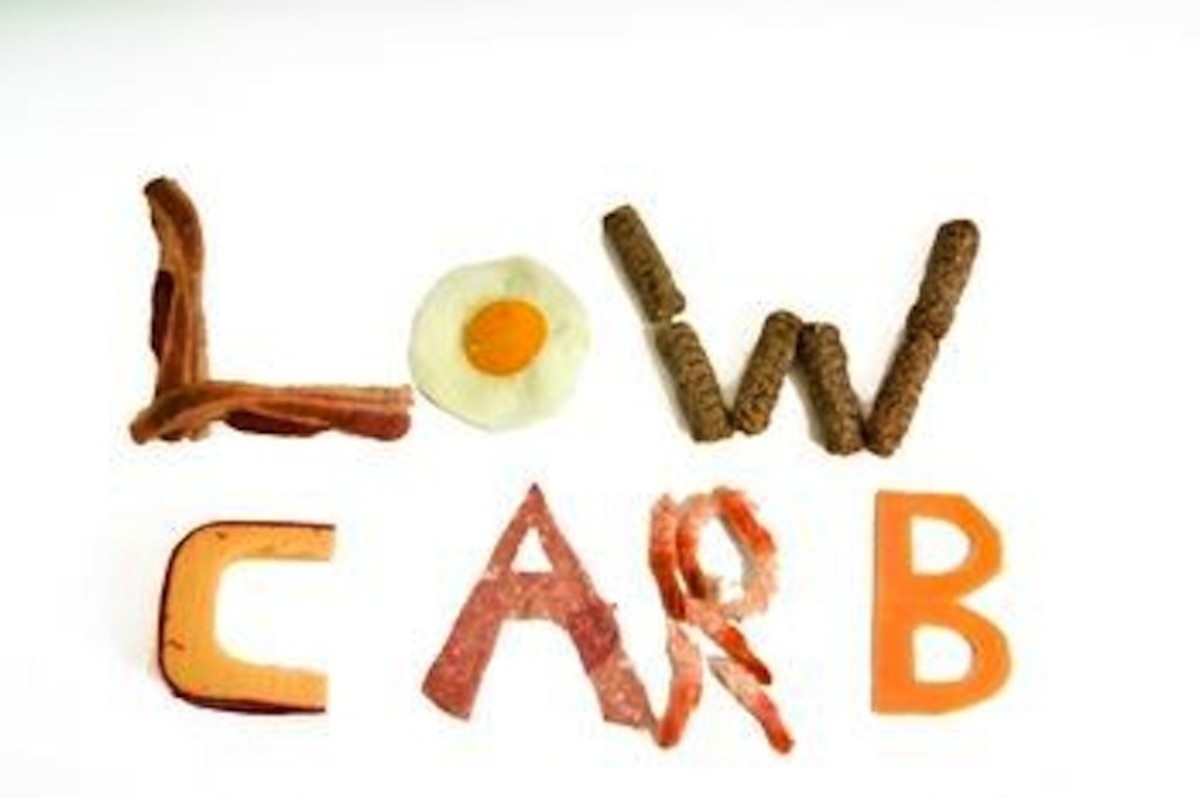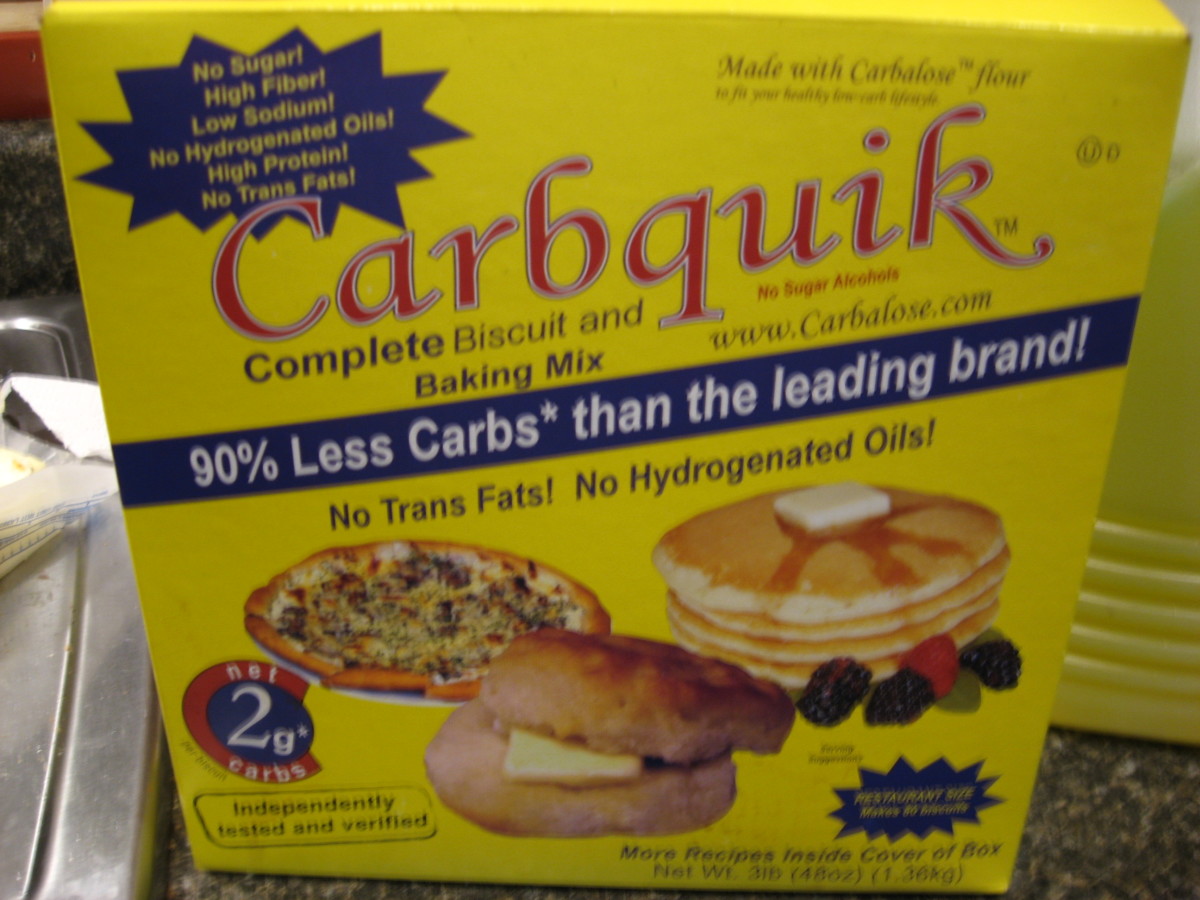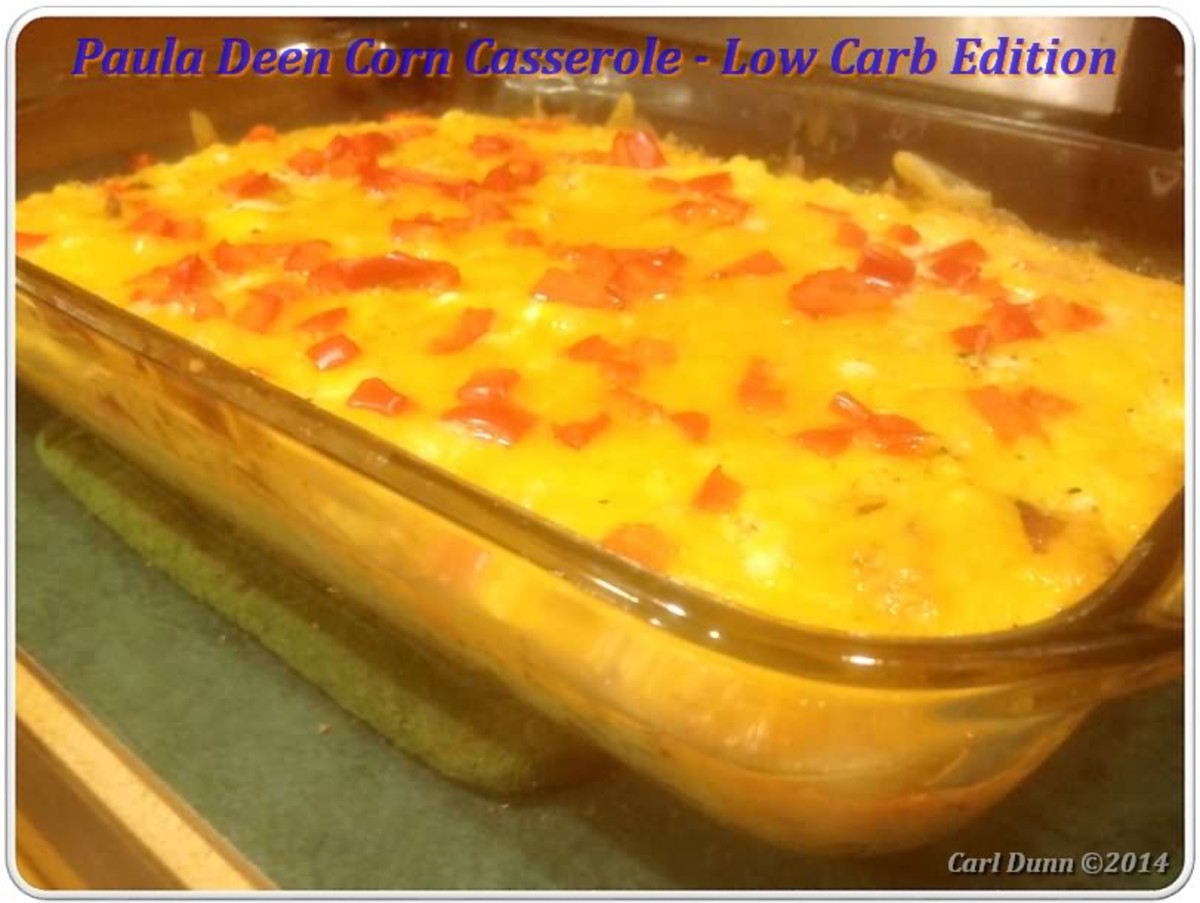Low-Carb Diet While Breastfeeding

What it Means, What to Avoid, and Helpful Resources
This article will describe how to approach a low-carb diet while breastfeeding your child(ren). I will address what this diet entails, as well as any concerns specific to those who are breastfeeding.
Most people in the United States consume far more carbohydrates than their bodies require to function. There is an overabundance of carbohydrate-laden foods in the market. When you consume carbohydrates they become a form of sugar. Everything from breads, sweets, and starchy vegetables are made up of carbohydrates, and it is easy to underestimate the huge toll they may take on your diet attempts. It may seem like a recent sensation, but low-carb diets have been around since the 19th century.
What Do Low-Carb Diets Entail?
In order to qualify as being on a low-carb diet, one must consume fewer than 100 grams of carbohydrates every day. Because carbohydrates make up the most of peoples' caloric intake, as well as their body's main fuel source, they will need to consume more of other healthy foods to balance it out. There are many types of low-carb diets, such as the Paleolithic (caveman) diet, Atkins, the Zone, and the Ketogenic diet; just to name a few.
These diets vary in their nutritional requirements. For example, the Ketogenic diet suggests you consume few enough carbohydrates in order to have your body go into ketosis. Ketosis is a process of fat metabolism that typically raises the amount of fat loss an individual experiences. Most people must restrict their carb intake to fewer than 40g of carbohydrates in order to reach ketosis, although a select few can go up to 100 grams. The suggested ratios for the foods you consume are as follows: 60% healthy fats, 35% protein, and 5% carbohydrates.

When Can I Start a Low-Carb Diet?
The only risk to starting a low-carb diet while breastfeeding is the affect it can take on your milk supply. However, this is the case with any diet. It is recommended that you wait until the baby is six months of age before starting any diet, or at the very least 2 months old so that the breastfeeding relationship is well-established. In doing so, it will make less of an impact while your milk supply evens out. As long as you consume enough calories and liquids (water is an even larger factor in low-carb diets), your milk supply should regulate within a matter of days.
I recommend having a couple of extra supplemental bags of frozen milk for this time of change. However, remember that breastfeeding works on a supply-and-demand basis, so any time you end up using frozen milk, be sure to pump and stimulate your breasts to start making more milk.
What Guidelines Should I Follow?
Some recommend that instead of going full-on into a low-carb diet, you should begin in the "maintenance" stage, rather than weight loss stage. The maintenance stage allows for more carbohydrates in your daily diet - up to 100 grams of carbohydrates. While this will slow your weight loss, it can still be very worthwhile and help you lose weight. I recommend this in order to help you fully understand the low-carb lifestyle, as well as a way to avoid the potential milk supply drop.
In any case it is important to keep an eye on your milk supply in the early days of switching into the low-carb diet. While it may be temporary, it can be nerve-wrecking to have any day where you feel your supply is less than enough for your child. So, keep some extra back-up milk in the freezer and be prepared.
As always, it is highly important to drink water. Even more so on a low-carb diet, because of the increased proteins and salt you may consume to meet your caloric needs. The eight cups of water in a day may not be enough on a low-carb diet - your goal should be 12 or more.
Keep close track of your caloric intake each day. With low-carb diets you may feel fuller than usual, and if you don't keep track you may not consume enough calories, which can impact your milk supply. I recommend MyFitnessPal.com - they have a huge food database (and you can add anything that isn't already there) and it is very easy to add your foods for each meal. There is also a mobile application for on-the-go!
Summary
- Low-Carb diets can be a healthful choice for anyone - including breastfeeding mothers
- You should wait until your baby is six months old (or at least 2 months) before starting any diet
- Keep an eye on your milk supply and be prepared with a milk freezer stash
- Drinks LOTS of water. Then drink some more.
- Make sure you are consuming enough calories each day
Online Resources
- KellyMom Low-carb diets and breastfeeding
KellyMom's recommendation for Low-carbing nursing moms - La Leche League Low Carb diet FAQ
La Leche League's FAQ for low-carb dieting while breastfeeding - Reddit r/KETO FAQ
More info on the Ketogenic Diet
More reading on low carb diets!











